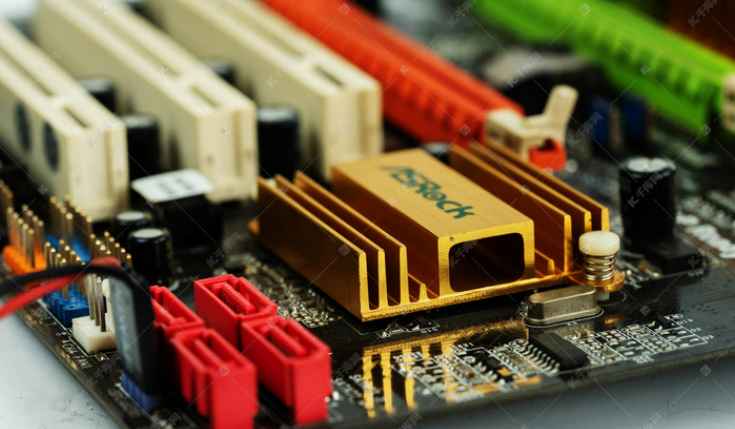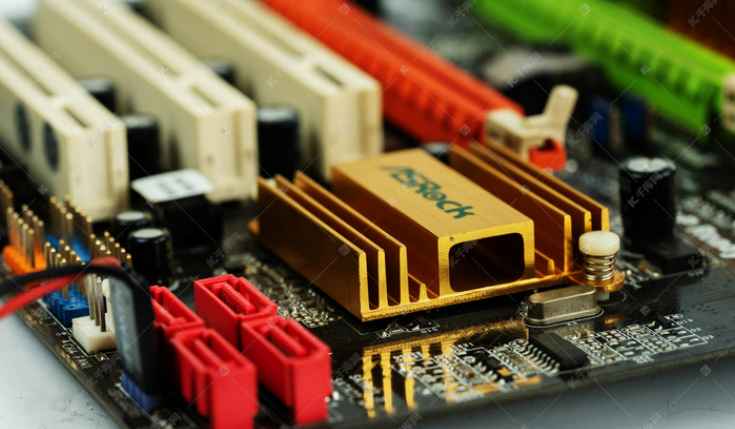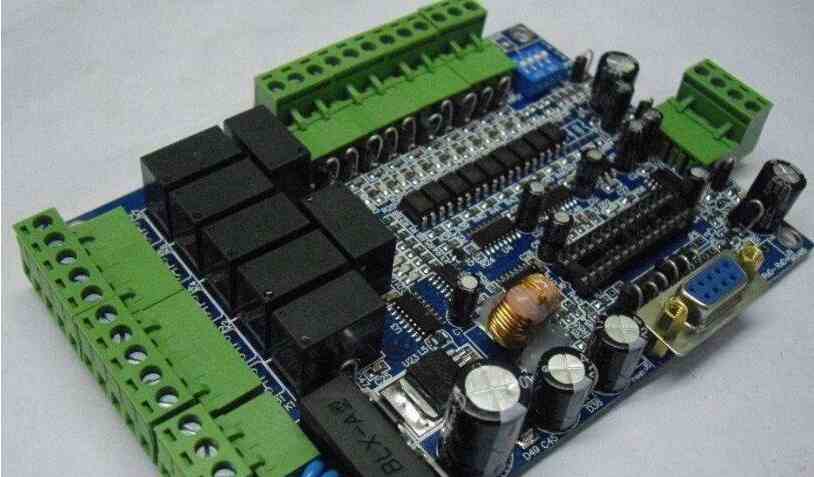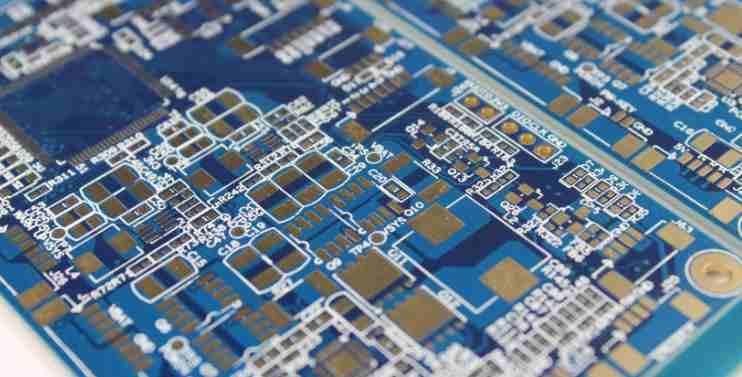
It is unusual to design a PCB that does not include a power component, but just because it is a general purpose component does not mean that it does not present challenges to PCB design. There are two main variants to consider, linear power supplies and switched mode power supplies. These are all challenges for PCB layout.
Linear power supply circuits are simple in nature, and few components can be installed directly onto the PCB. The challenge is that these circuits are inefficient, which results in the need to manage large power losses as radiation and conduction heat. This problem can be challenging when the temperature sensitive element is mounted on a PCB or enclosed in an environmentally sealed housing for protection, limiting cooling options.
Switching power supply
Switching power supply circuits are more complex than linear power supplies, but more efficient. This is great because it reduces engineering time for PCB designers dealing with thermal management, but unfortunately it brings a different set of problems. Switching circuit may produce a lot of electromagnetic noise, PCB designers need to manage it. This electrical noise can affect other circuit components on the PCB and can be emitted beyond the board to affect nearby devices. In extreme cases, noise generated by the power supply circuit can be transmitted back through the main power line and affect other devices connected to the same main power supply.
Another potential noise problem is that switched mode circuits tend to produce ripple voltages at the output which, if not managed properly, may cause interference on the board through capacitive or inductive coupling between parallel or bundle of wire routes. A more subtle problem is the possible grounding bounce on the PCB on which the switching circuit is mounted. Fast switching causes a temporary change in the ground potential of the point at which the switch assembly in the circuit board is connected to the ground. This causes a temporary potential difference in the ground plane of the board. In extreme cases, this difference may cause components far away on the board to observe and react to the perceived signal caused by this false potential difference.

PCB layout guide
ground
Unless space is limited, the board design is allowed to include a solid power connection layer to provide electromagnetic shielding. If the entire layer cannot be put to use, at least consider the ground polygon that covers the entire area below the power supply assembly.
The ground plane of the power supply should be separated from the common ground of the rest of the circuit to reduce the noise coupling effect. In addition, the connection between the two ground should be limited to a point on the board to prevent ground loops.
Microconductivity
Make the circuit of the power supply as short and wide as possible to reduce resistance loss and electromagnetic noise radiation. Polygon pouring is recommended when space permits. This is especially important for linear power sources where thermal conductivity is critical.
It is recommended that the board design include a solid filling inner layer with a through-hole connection between the power supply and the ground plane for greater effect. Switching power routing from one layer to another using through-holes should be avoided, as through-holes will act as points of increased impedance. Multiple through-holes connecting polygons provide a better solution.
Performance will be affected by the thickness of the copper layer, although increasing thickness imposes a price premium, so there may be a trade-off between cost and performance.
Another option to increase electrical conductivity is to add a solder layer on top of the outer plate by changing the solder resistance layer. However, you can get better performance by adding a PCB busbar or external wire between the points on the board where the power component is installed.
Component placement
Because the shortest cable routing is required, the power modules should be as close together as possible in the best direction to achieve a shorter cable length. This can include mounting parts on both sides of the board to achieve this.
Trace route
Ideally, the cables carrying sensitive signals should be kept away from the power supply on the unconnected plate and separated from the power supply by the grounding layer. The signal wiring should not be parallel to the power wiring carrying the power supply to prevent noise coupling from the power supply to the signal. If the approach is unavoidable, the signal wiring should cross the power wiring at 90 degrees to minimize the noise coupling effect.
Thermal management
All power circuits generate heat, so board design needs to include thermal management. Therefore, the primary layout consideration should be element placement, separating the heating element from the heat sensitive element as much as possible, while keeping the length of the line short.
The next consideration was to use the circuit board's copper to provide thermal conductivity to distribute heat more evenly away from hot spots and in areas that allow for heat dissipation.
A potential problem with switch-mode power supplies is that the feedback control circuit usually contains a temperature sensitive element that needs to be co-located with the heating switch element. If not checked, hot spots cause power instability and aggravate heat dissipation.
The power supply can be the source of most heat and noise problems in a PCB, so board design must take this into account from the start. Good circuit board design starts with good power supply layout.






